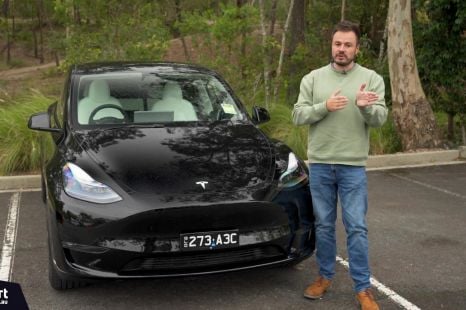

Paul Maric
This Tesla self-drove me 50km to Bunnings on its own (almost)
6 Days Ago

News Editor
Audi is about halfway through the rollout of models adopting its new naming structure, and it’s changing it all again.
The German carmaker is dropping plans, which it announced around 12 months ago, to move all of its combustion-powered vehicles to odd-number nameplates and all of its electric vehicles (EVs) to even-number nameplates.
Audi says the move “heightens clarity”, “[strengthens] the alphanumeric format of its nomenclature” and provides “intuitive orientation for all customers worldwide”.
Hundreds of new car deals are available through CarExpert right now. Get the experts on your side and score a great deal. Browse now.

This now-scrapped odd/even model naming strategy was set to see the replacement for the current Audi A6 sedan and wagon wear the A7 nameplate, to avoid confusion with the unrelated if similarly sized electric A6 e-tron liftback and wagon.
The next-generation combustion-powered A6 will be revealed on March 4, 2025.
In addition to looking different, these ICE A6s will have unique nomenclature – but this will be simply via the inclusion of familiar TFSI (petrol), TDI (diesel) or TFSI e (plug-in hybrid) suffixes, in place of the ‘e-tron’ suffix of the EVs.
“This decision is the result of intensive discussions and also follows the wishes of our customers as well as feedback from our international dealers,” says Marco Schubert, member of the board of management for sales and marketing.
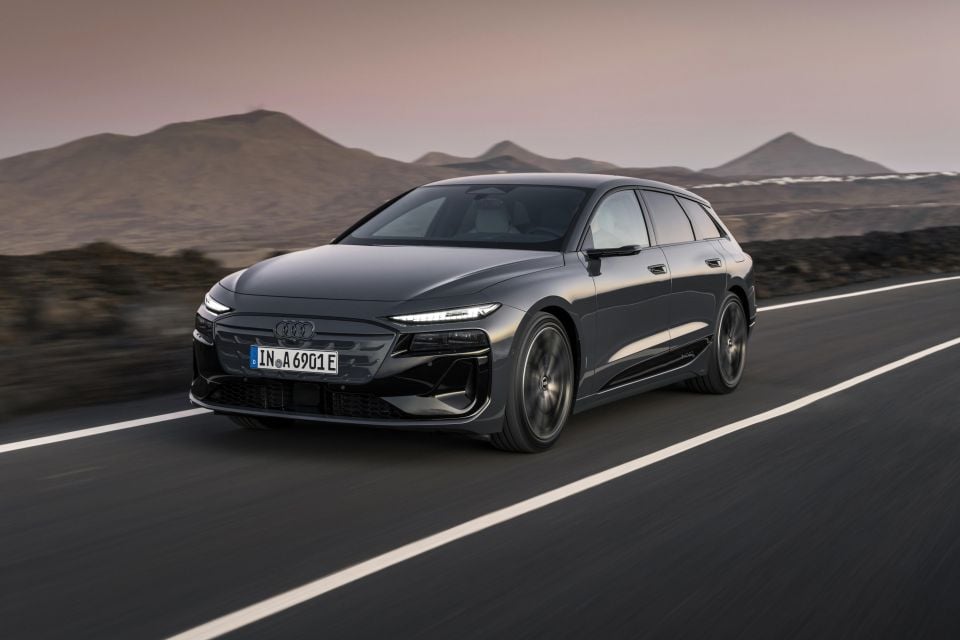
“Our nomenclature now provides all customers worldwide with an intuitive orientation in our portfolio. We choose the names of our models in a way that reveals size and positioning at first glance.”
In short, it appears people were confused.
Despite this, Audi has said it won’t retroactively change the names of any vehicles launched under the new naming structure.
As part of its scrapped odd/even nomenclature strategy, Audi was effectively merging model lines.

The new A5 Sedan (actually a liftback) and A5 Avant (wagon) replaced the old A4 Avant, A4 Sedan and A5 Sportback.
What is now set to be called the A6 was expected to see a similar merging of the outgoing A6 and A7 lines, with a sedan or liftback model replacing the A6 Sedan and A7 Sportback, and an Avant sitting alongside it.
This isn’t the only way Audi has changed its naming strategy this decade.
In 2017, Audi introduced a new naming system to indicate what powertrain a vehicle had. For example, vehicles with between 169kW and 185kW received a ‘45’ badge, along with a badge indicating the powertrain type (eg: TFSI for petrol).
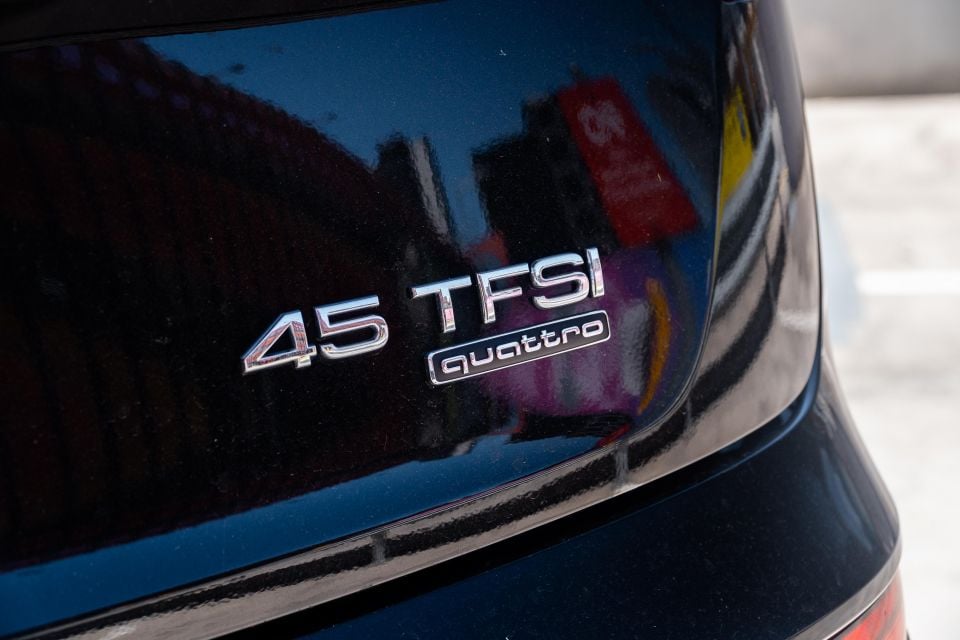
This allowed Audi to indicate how much power a vehicle produced, regardless of powertrain type, and therefore was supposed to signify to buyers where a particular variant sat within its lineup.
But Audi executives confirmed last year the brand was moving away from this strategy, with subsequent models like the A6 e-tron using variant names like ‘Performance’ to indicate where a vehicle sits within its lineup.
One naming system Audi isn’t moving away from, however, is its use of ‘A’ for passenger cars – or what it calls “low-floor vehicles” – and ‘Q’ for SUVs.
MORE: Everything Audi A6
Where expert car reviews meet expert car buying – CarExpert gives you trusted advice, personalised service and real savings on your next new car.
William Stopford is an automotive journalist based in Brisbane, Australia. William is a Business/Journalism graduate from the Queensland University of Technology who loves to travel, briefly lived in the US, and has a particular interest in the American car industry.


Paul Maric
6 Days Ago


Anthony Crawford
5 Days Ago
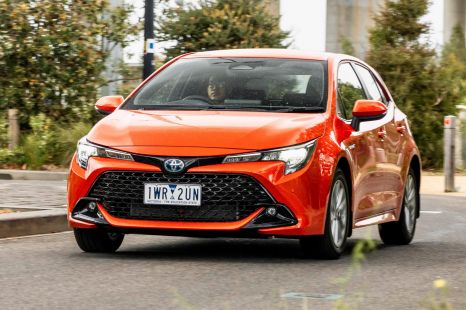

Max Davies
4 Days Ago
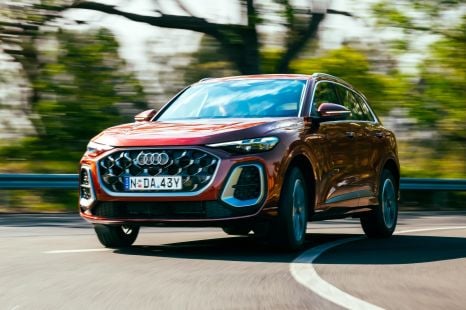

James Wong
2 Days Ago


James Wong
2 Days Ago
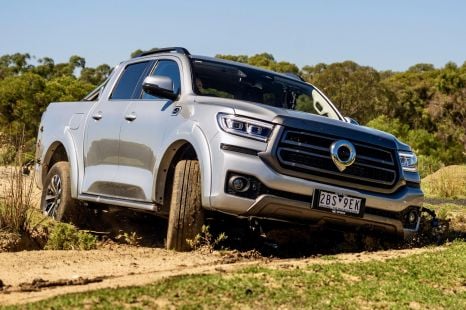

Max Davies
15 Hours Ago